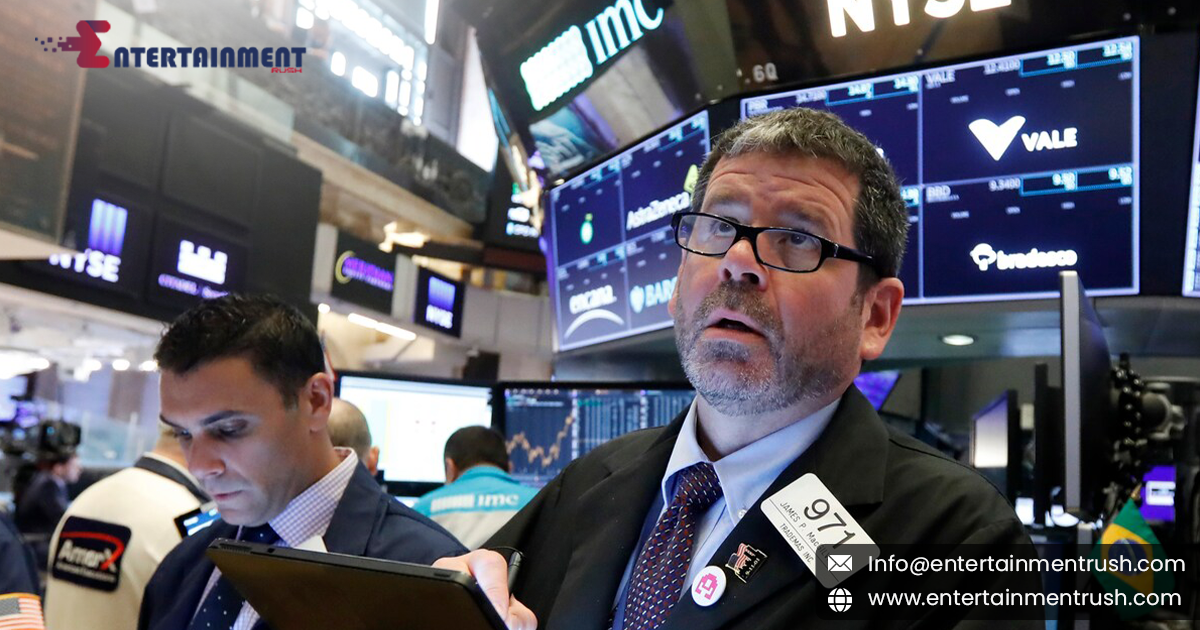Recent apprehensions about a deceleration in U.S. economic growth have sent shockwaves through global financial markets, highlighting the interconnected nature of today’s economy. As the world’s largest economy shows signs of cooling, investors, businesses, and policymakers worldwide are grappling with the potential ramifications. The ripple effects of these concerns are evident in increased market volatility, shifting investment strategies, and heightened economic uncertainty across borders.
The U.S. Economic Slowdown: What’s Behind the Worries?
The U.S. economy, which has long been a cornerstone of global economic stability, is currently facing signs of slower growth. Recent data suggest a deceleration in key indicators such as GDP growth, job creation, and consumer spending. This slowdown can be attributed to a combination of factors, including:
Global Trade Tensions: Ongoing trade disputes and tariffs have strained international trade relationships, impacting U.S. exports and contributing to economic uncertainty.
Inflation and Monetary Policy:
Persistent inflationary pressures have led to tighter monetary policies, including interest rate hikes by the Federal Reserve. These measures, while aimed at controlling inflation, can also slow down economic growth.
Supply Chain Disruptions:
Persistent supply chain issues have created bottlenecks in production and distribution, affecting the efficiency of U.S. industries and adding to economic challenges.
Global Market Reactions: A Chain Reaction of Uncertainty
The implications of a slowing U.S. economy extend far beyond American borders. As investors anticipate potential reductions in U.S. economic output and consumer spending, global markets are experiencing significant turbulence. Key reactions include:
Increased Market Volatility:
Global financial markets have been marked by heightened volatility, with stock indices experiencing sharp fluctuations. This volatility reflects investor uncertainty about the future trajectory of U.S. economic performance and its impact on global growth.
Shifts in Investment Strategies:
In response to concerns about U.S. growth, investors are reassessing their portfolios and reallocating assets. There has been a notable shift towards safer investments, such as government bonds and gold, as investors seek to mitigate risks associated with economic slowdowns.
Currency Fluctuations:
The U.S. dollar’s value has experienced fluctuations as market participants react to changing economic forecasts. A weaker dollar can affect global trade dynamics and investment flows, adding another layer of complexity to the international economic landscape.
The Broader Implications: Trade, Investment, and Growth
The concerns about U.S. growth have far-reaching implications for global trade and investment. The U.S. plays a central role in international trade, and any slowdown can impact global supply chains, commodity prices, and economic activity in other countries. Key areas affected include:
Trade Relationships:
Slower U.S. growth can lead to reduced demand for imports, affecting economies that are heavily reliant on exports to the U.S. This can create economic challenges for trading partners and impact global trade balances.
Foreign Direct Investment:
Investors may reassess their investment strategies in light of a slower U.S. economy, potentially leading to reduced foreign direct investment in the U.S. and shifts in global investment patterns.
Economic Forecasts: Global economic forecasts may need to be revised in response to the U.S. slowdown. International organizations and economic analysts will closely monitor the situation to adjust their projections for global growth and stability.
Navigating the Uncertainty: Strategies and Considerations
As the world contends with the potential impacts of a slowing U.S. economy, stakeholders across the globe must navigate the uncertainty with informed strategies. Key considerations include:
Diversification: Investors and businesses should consider diversifying their portfolios and operations to reduce exposure to potential economic shocks and mitigate risks.
Policy Responses:
Policymakers and central banks worldwide may need to coordinate responses to address the economic implications of U.S. growth concerns. This could include measures to support global trade, investment, and economic stability.
Monitoring and Adaptation:
Continuous monitoring of economic indicators and market trends is crucial for adapting strategies and making informed decisions in a changing economic environment. The concerns over slowing U.S. growth have undeniably shaken global markets, highlighting the intricate connections between economies in an increasingly interconnected world. As the situation unfolds, investors, businesses, and policymakers need to stay vigilant and adapt to the evolving economic landscape. By understanding the broader implications and navigating the uncertainty with strategic foresight, stakeholders can better manage the challenges and seize opportunities in a shifting global economy.
